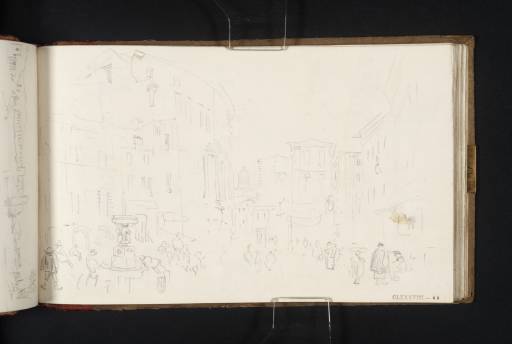References
How to cite
Nicola Moorby, ‘Piazza Montanara, Rome, and the Theatre of Marcellus 1819 by Joseph Mallord William Turner’, catalogue entry, September 2008, in David Blayney Brown (ed.), J.M.W. Turner: Sketchbooks, Drawings and Watercolours, Tate Research Publication, December 2012, https://www

